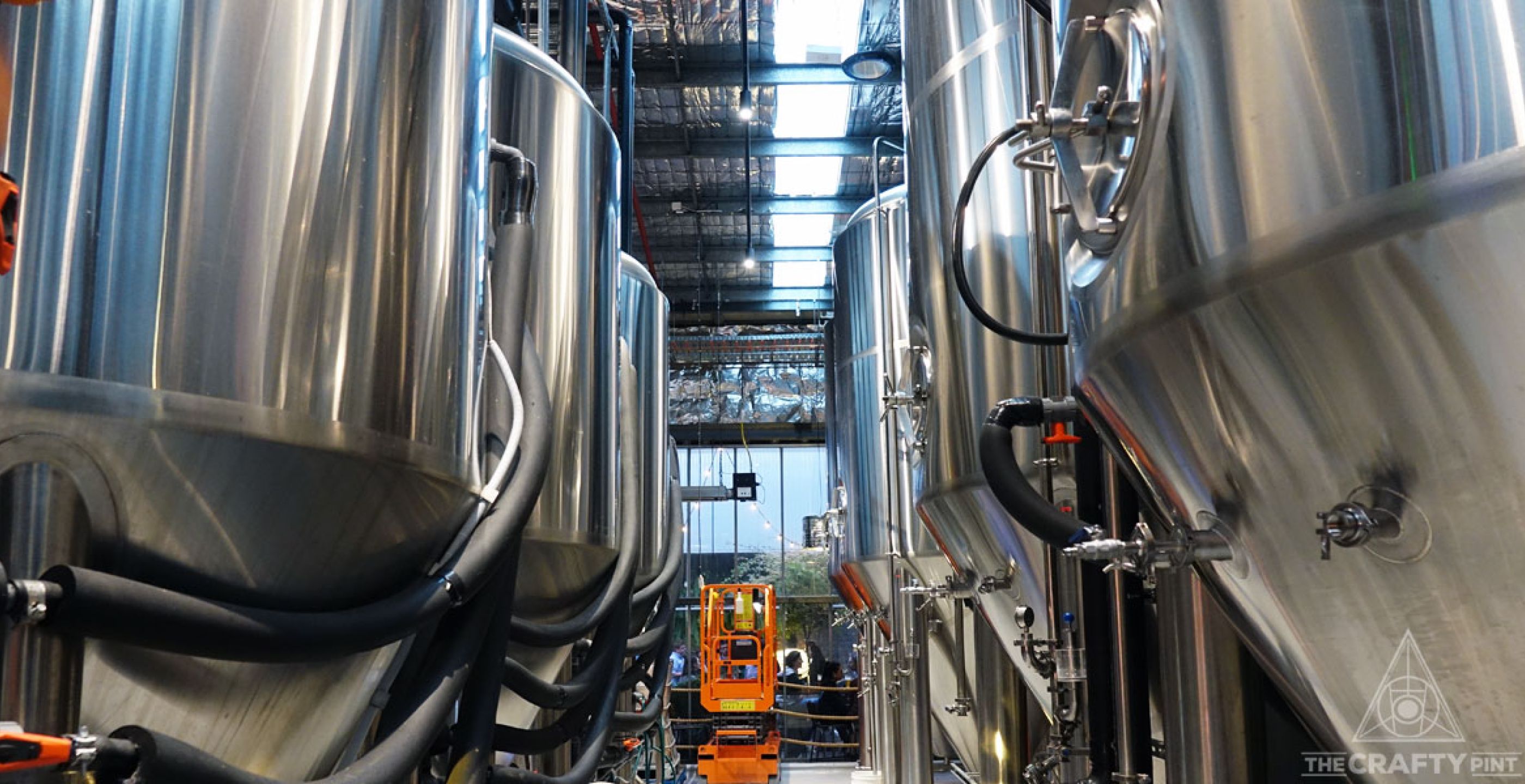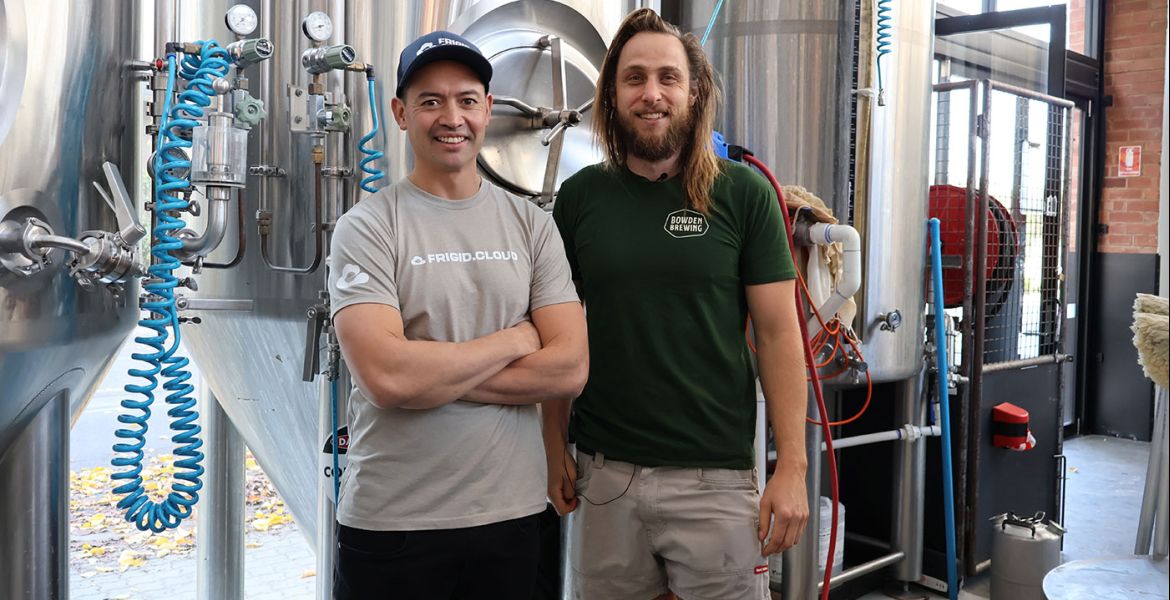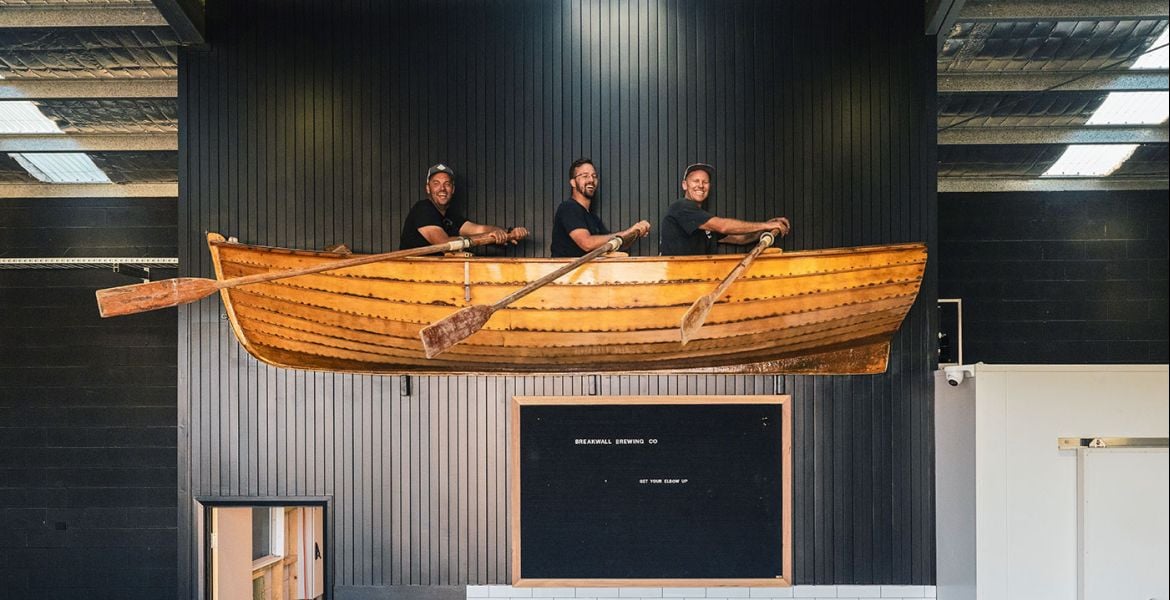A version of this first appeared in The Great Australian Beer Guide, written by The Crafty Pint's founder, James Smith, and published by Hardie Grant.
Stripped back to its very basics, beer is a remarkably simple thing. It is almost always made of just four ingredients: malt, water, hops and yeast. A wide variety of those four ingredients is available to brewers anywhere in the world, pretty much whenever they want them.
The process of combining those four ingredients to make beer is also, when stripped back to its very basics, remarkably simple. Malt is milled, then mashed in hot water to extract fermentable sugars. This sweet water is then boiled and hops are added before it is cooled and transferred to a fermenter where yeast is added. Over the course of a few days, it turns into what we know as beer.
The easiest way to think of it is like cooking: brewers follow a recipe and add the right ingredients at the right time to achieve the desired outcome. In fact, you can brew a beer on your stovetop at home using exactly the same ingredients as a commercial brewer.
Yet there is good beer and bad beer, so it can’t be that easy, right? Furthermore, as you will discover while making your way through the beers in this book – which only represent a small percentage of the beers released in Australia in any one year – those four ingredients and that simple process can lead to vastly different outcomes.
There is a huge variety to choose from within each of beer’s key ingredients, and they can be combined in any way a brewer sees fit. Even changing the make-up of the water can alter a beer. Likewise, any variation at any stage of the brewing process – be that the temperature of the water in which the malt is steeped in the mash tun; the length of time the sweet water (known as wort) is boiled in the kettle; how much, when and what type of hops are added; the temperature at which fermentation takes place; or even the vessel in which fermentation takes place – can change the character of the beer.
In reality, there are endless possibilities with these four ingredients, and this simple process, and the science, techniques and art of brewing, can become as complex as a student of beer wants it to be. But, for the purposes of this book, let’s keep things as simple as possible. First up, the basics of the brewing process…
The Brewing Process
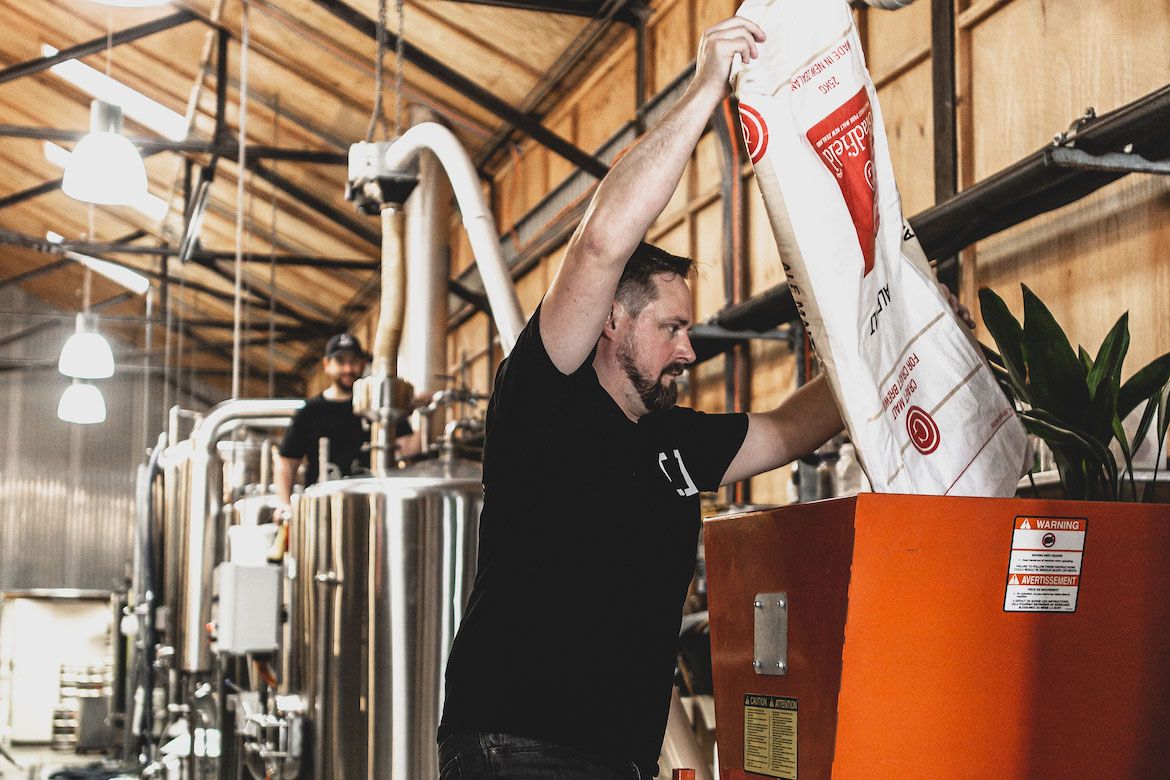
Almost all beer begins with malted barley. A brewer will mill (essentially crush) their chosen blend of malts and add it to a mash tun where it will be mixed with hot water that is heated to a temperature dependent on what beer is being brewed. This process converts the starches in the malt into fermentable sugars that are dissolved into the water to form a sweet, sugary liquid known as wort. Usually, it takes about an hour to convert the starches into malt sugars.
At this point, the sweet wort is slowly separated from the grain in the mash tun, using the grain bed itself as a filter (in a process known as lautering). Water is slowly poured over the grain, in a process known as sparging, to ensure as much of the fermentable sugars have been extracted as possible. Once transferred to the brew kettle, the liquid is heated to boiling temperature.
It is here that hops are first added (except in very rare cases when brewers choose to add hops in the mash tun in a process known as mash hopping). Hops added early in the boil will give a beer bitterness, while those added towards the end of the boil, which typically lasts around 90 minutes, will lend beer flavours and aromas.
The boiling process can also aid clarity and the long-term stability of the finished beer by ‘breaking’ proteins that then drop out of suspension.
Once the boil is complete, the liquid is cooled rapidly, usually via a heat exchanger, and transferred to a fermentation vessel. It is at this point that the sugary, hoppy liquid will be transformed into beer. This happens when the final of the four key ingredients is added: yeast. These microscopic living organisms go to work, multiplying rapidly and devouring the fermentable sugars. As they do so, they create two useful byproducts: alcohol and carbon dioxide, as well as adding a range of flavours and aromas.
Several days later, the yeast’s work is done and a brewer has beer. Some types of beer will be packaged at this point and sent straight into the market for consumption. Often, however, a brewer will allow a beer to condition longer in the tank, as this additional time allows yeast to settle out, leaving an end product with much greater clarity.
The vast majority of commercial beer is filtered, and in some cases pasteurised, before being force carbonated with carbon dioxide and transferred into kegs or bottles. In some cases, particularly among craft brewers, beer undergoes a secondary fermentation in bottle or keg, meaning live yeast remains in the beer so that it continues to develop and retains its spritzy carbonation.
The Ingredients: Malt
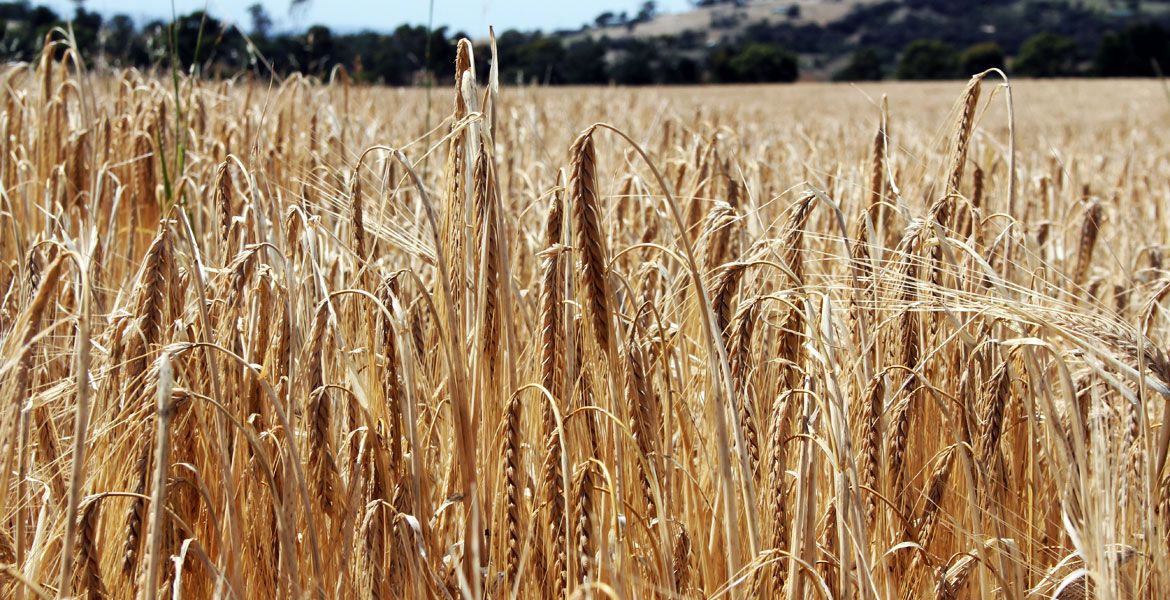
Malt, or malted barley, is beer’s backbone – the source of the sugars that will be fermented into alcohol, and much of its flavour, too. In today’s rapidly evolving craft beer world, many drinkers are first lured in by hops, with their dramatic aromas like a light bulb to a moth. But while you can create beer without hops (in fact, beer existed for millennia before humans were even aware of hops), you cannot create beer without malt, water and yeast.
five days, and before the germinating grains begin to >span class="s1">grow plants, they are kilned (or dried) to create malt. What type of malt is created depends on how long they are kilned for, at what temperature, and how much moisture is in the air (or indeed in the grains themselves) when they are kilned by the maltster.
The most commonly used base malts in beers are the palest; in other words those kilned for the least amount of time at the lowest temperatures. As malts become progressively darker, the flavours, aromas and colour they lend to a beer change accordingly. While the lightest of malts used alone will give a brewer pale-yellow or light-golden beers and lightly sweet, sometimes honey-like, flavours and aromas, as you move along the scale, malts will lend beers colours that range from copper, amber and red to various shades of brown and, ultimately, black. Flavours and aromas move from those akin to biscuit to caramel, nuts, chocolate and treacle to coffee and even fairly harsh, acrid roast bitterness, with many shades in between.
Malted barley may be the most common grain used in beer, but it is not the only one. Many beers also use a percentage of wheat, both malted and unmalted. It is found in high proportions in wheat beers (see the Wheat Beers chapter) and also in small amounts in other beers where it can help a brewer achieve a particular body, assist with head retention or add a dryness or tartness. Rye malt is becoming increasingly popular among craft brewers too. It can give beers a fuller, almost oily or slick, body, as well as adding a distinct and intense spicy flavour. Another ingredient often found in a grain bill is oats, particularly in stouts, where they help create a smooth, silky and creamy body. Brewers, particularly large commercial brewers, will also use rice and corn on occasion, often as adjuncts designed to affect the body of a beer as well as, to an extent, its flavour.
Then there are smoked malts. These fall into two main categories. There is the malted barley smoked over open wood fires, with beechwood the most popular fuel. They have been popularised by German brewers, with the best known of these being Schlenkerla. As well as lending a sweet smokiness to beers, the flavours and aromas are commonly described as meaty, in particular bacon-like.
Some brewers also use peated distilling malt on occasion. As the name suggests, this is a type of malted barley typically used by whisky distilleries. It is produced in peat-fueled kilns and comes in a range of intensities. Many brewers would run a mile rather than have such grains in their brewery due to their potency and persistence but, used in small amounts, they can add additional layers of character and complexity to a beer. In a couple of extreme cases, brewers have created beers using 100 percent peated distilling malt, including Tasmania’s Seven Sheds with its Smokin’ Bagpipes and Bacchus Brewing, who created Islay, a high alcohol beer brewed with nothing but peated malt and then aged for months in former Islay whisky barrels.
In addition to these varieties, malt companies around the world are constantly developing new specialty malts. Sometimes these are designed to give a particular colour to a beer without adding much in the way of flavour, including one known as Midnight Wheat that has become increasingly popular as a means of creating deeply dark beers without the associated roast or bitter flavours. There is also a small number of tiny “craft” maltings starting up around Australia where the intention is to develop malts that will be of interest to craft brewers.
These days, it is worth adding that nothing is off-limits for brewers. Across the globe you will find limited-release beers using grains that are native to a particular area or ancient grains that may have been used to make beer hundreds or thousands of years ago. And then there are varieties such as sorghum and millet that are essential to the handful of brewers specialising in creating gluten-free beers for coeliacs.
The Ingredients: Hops

Hops are a relative newcomer to the world of beer. Historians and archaeologists have found evidence of brewing and beer consumption in the Middle East and former Mesopotamia stretching back several thousand years. Yet the earliest recorded use of hops in beer is ninth century France. Prior to that, a wide variety of herbs and other less savoury ingredients – soot, anyone? – were used instead and their use in beer didn’t become widespread for centuries after their first appearance.
The easiest way to understand what they contribute to beer is to return to the cooking analogy. Hops are like spices. They are added in the latter part of the brewing (or cooking) process and used predominantly for three reasons: to add bitterness, aroma and flavour to a beer. They have other useful properties, not least acting as a preservative, but it is those three roles in which they specialise.
The hop plant, Humulus lupulus – literally "wolf in the woods" – is cultivated on hop farms. Hop bines grow up strings attached to trellises and can reach several 3 metres in height. The parts that are of interest to brewers are the flowers of the female plants: bulbous, yellow-green cones that are harvested in early autumn. They grow between 35 and 55 degrees of latitude in both the northern and southern hemispheres, with the most famous hop-growing regions found across France, Germany and the Czech Republic, in Southern England, in the Pacific Northwest of the US, the north of New Zealand’s South Island around Nelson, and in the Victorian High Country and Bushy Park in Tasmania.
At harvest time, they are dried within hours of being cut from the trellises and are processed into one of a number of different formats. These include whole hop flowers, hop pellets, hop extract and hop oils.
As stated earlier, their primary use to a brewer is to deliver bitterness, flavour and aroma. The point at which hops are added in the brewing process dictates what characteristics a brewer will obtain. Adding them early in the boil, once the sweet wort has been transferred from the mash tun, delivers predominantly bitterness via a process called isomerisation, which occurs from boiling hops, typically for a period between one and two hours. Much of the flavour and aroma is lost to the atmosphere from hops added early in the boil. Those added later, either towards the end of the boil, after the boil or during or post fermentation, contribute little in the way of bitterness but instead deliver flavour and aroma from the essential oils particular to each variety. Part of the brewer’s skill is to capture just the right amount and balance of these different characteristics from the hops.
Many contemporary craft brewers favour adding large amounts of hops late in the process, after the boil has been completed. This can be in a whirlpool or hop back (vessels through which the sweet, hoppy wort passes on its way to a fermenter), or in the fermenter itself in a process known as dry-hopping.
The bitterness that hops lend to beers is measured on a scale called International Bitterness Units or IBUs. The human palate is said to be unable to detect an increase in bitterness beyond 100 to 120 IBUs, but this hasn’t stopped some extreme brewers creating beers with theoretical bitterness levels in the hundreds, even one that claimed to have 1000 IBUs. Ultimately, however, any good beer will have a balanced bitterness wherein even if the number of IBUs is high, the perceived bitterness on the palate is balanced by malt sweetness. Think of it like adding chillies to a dish: get the amount right and you can add pleasant flavour and heat; go overboard and the heat will dominate all else.
As for the aromas and flavours a drinker can expect from hops, it depends on the variety. Certain common characteristics can be expected from hops native to certain regions of the world. The world’s oldest and biggest hop-growing region, centred around southern Germany and surrounding countries, produces hops known for their subtlety and elegance, often possessing soft spice and lemon citrus aromas and flavours. Four varieties from the region are known as noble hops, originally developed in the wild, which are low in bitterness and high in aroma. They are Hallertau, Saaz, Tettnanger and Spalt, and many contemporary varieties have been developed from their parentage.
English hops are traditionally known for their floral and earthy nature and can give beers a gentle, broad and lingering bitterness. Those developed in the Pacific Northwest of the US are typically much more powerful, known best for their pungent citrus, grapefruit and pine aromas and flavours, as well as an assertive bitterness.
A number of recently developed varieties of Kiwi hops are known for their tropical aromas, such as lychee and kiwifruit. One particularly distinctive variety is named Nelson Sauvin because of its similarity to sauvignon blanc grapes. Australian hop growers have been relative latecomers to the move towards aroma hops, but in recent years Hop Products Australia has developed a number of new breeds that are proving hugely popular throughout the beer world, with the passionfruit-like Galaxy leading the charge.
That said, new varieties are being developed every year by hop growers in order to satisfy the insatiable demand for new characteristics in beers. Many are also expanding their crops year on year in the hope of meeting demand, something that is becoming more challenging with each passing year. This is because many contemporary brewers – and their audience – favours brewing aromatic hops thus are chasing key varieties such as Galaxy, Nelson Sauvin, Mosaic, Citra and Amarillo. New, often small scale, operations are being launched by farmers too, aware that this is an area of farming in which demand is only likely to increase.
To understand the different aromas and flavours particular hop varieties can lend to a beer, some brewers have created single-hop series, most notably Bridge Road Brewers in Australia. For these, they create a beer that is identical in every way – grain bill, alcohol content and yeast – but change the hops. For the most part, however, brewers will use a blend of different varieties at different stages in the brewing process to achieve balance and complexity of the flavours and aromas they desire. Doing so also gives them a better chance of coping with a shortage of a particular variety as they can adjust their blend accordingly and, with skill, still deliver the same end results in their beer.
The Ingredients: Yeast
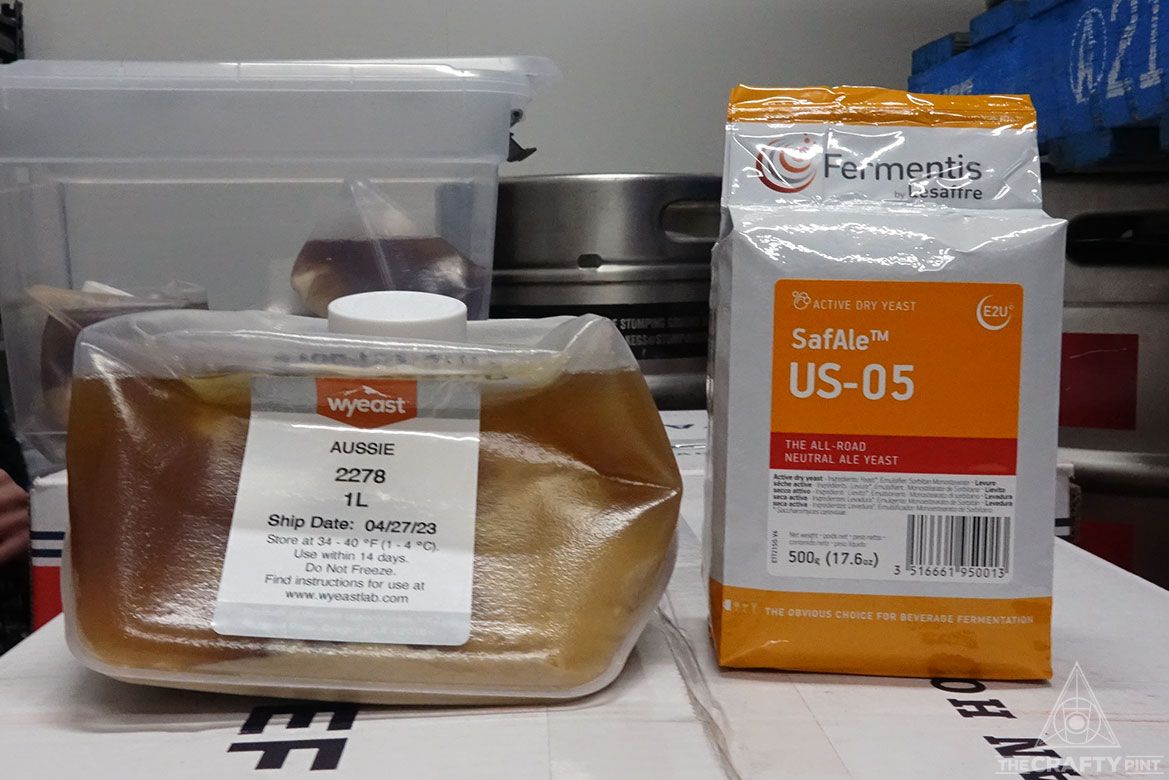
Without yeast there would be no beer. Yet for most of beer’s history, brewers of beer in its various historical forms had no idea that such a thing existed. They just knew that, given the right ingredients and certain conditions, the process that we now understand as yeast cells consuming fermentable sugars and creating alcohol and carbon dioxide would turn those ingredients into something that, when imbibed, would make them feel warm and fuzzy. Natural yeasts in the environment were doing the work for them.
Yeast is so central to beer, and indeed the creation of great, clean beer, that you will often hear brewers refer to themselves as ‘yeast farmers’. By this, they are highlighting how their most important role, aside, perhaps, from recipe development, is creating the perfect conditions for their chosen yeast to go to work and turn sugary, hoppy water into wonderful, aromatic, flavoursome and balanced beer. At one Belgian brewery I visited, Brasserie de la Senne, co-founder Yvan de Baets designed atypical wide and relatively flat fermenters in the knowledge they would treat his yeast kindly, yeast he refers to as “she” and describes as “employee of the month every month – and I don’t even have to pay her!”
To gain the best results, brewers need to use healthy yeast (yeasts can be pitched and re-pitched into beer, but they will mutate if used over long periods of time). And, in the vast majority, but not all, cases, it requires creating an environment free of potential contamination, and at an appropriate temperature where these unicellular organisms can multiply and feast.
As you will discover later in the book, different yeast strains will add a range of nuances to beer. Lager yeasts are typically described as ‘clean’ and, like many American ale yeasts, are ‘neutral’; in other words they add little in the way of flavour or aroma to a beer. English ale yeasts are known for the fruity characteristics they can impart, while Belgian ale yeasts – those found in saisons, witbiers, dubbels, tripels and quadrupels, for example – as well as the yeast strains used in German wheat beers such as Hefeweizen, are responsible for some of the most dominant characteristics in those beers: typically of a fruity and spicy nature.
Different yeasts prefer different temperatures at which to operate, something that is touched upon in the introduction to the chapter on lagers. Typically, lager yeasts go to work between 6°C and 13°C, ale yeasts between 15°C and 24°C. But, while an individual yeast strain may have a preferred temperature range in which it would like to operate, brewers can play around with this to achieve different results in the end beer. In the hands of a skilled brewer, ‘stressing’ yeast by maintaining a temperature that is cooler or warmer than it would prefer can lead to some interesting and welcome flavours in a finished beer.
Not every brewer in Australia today is looking to operate a completely aseptic brewery all of the time, however. On the very fringes – the cutting edge, some might suggest – there are brewers playing with spontaneous fermentation. This sees them create their wort and then leave it open to the elements. It’s a practice perfected by the lambic brewers of Belgium; visit Cantillon’s working museum brewery in Brussels where you can walk through the brewery, even on brew days if you’re there during the cooler months, to see perhaps the most famous example. And it’s a practice that is gaining in popularity in Australia.
Wild yeasts borne on the air around the brewery will ferment the beer, rather than any known yeast pitched into a sealed fermenter. The brewer will then wait and see what they – and any other bacteria or microflora in the atmosphere – will do to his wort and how the process will impact his beer. Often, such beers are then aged in barrels and, should the results be less than desirable, blended later. This might be a blend between multiple barrels or with another, frequently younger, beer to create the end product, in such cases creating what are referred to as mixed fermentation beers.
The Ingredients: Water
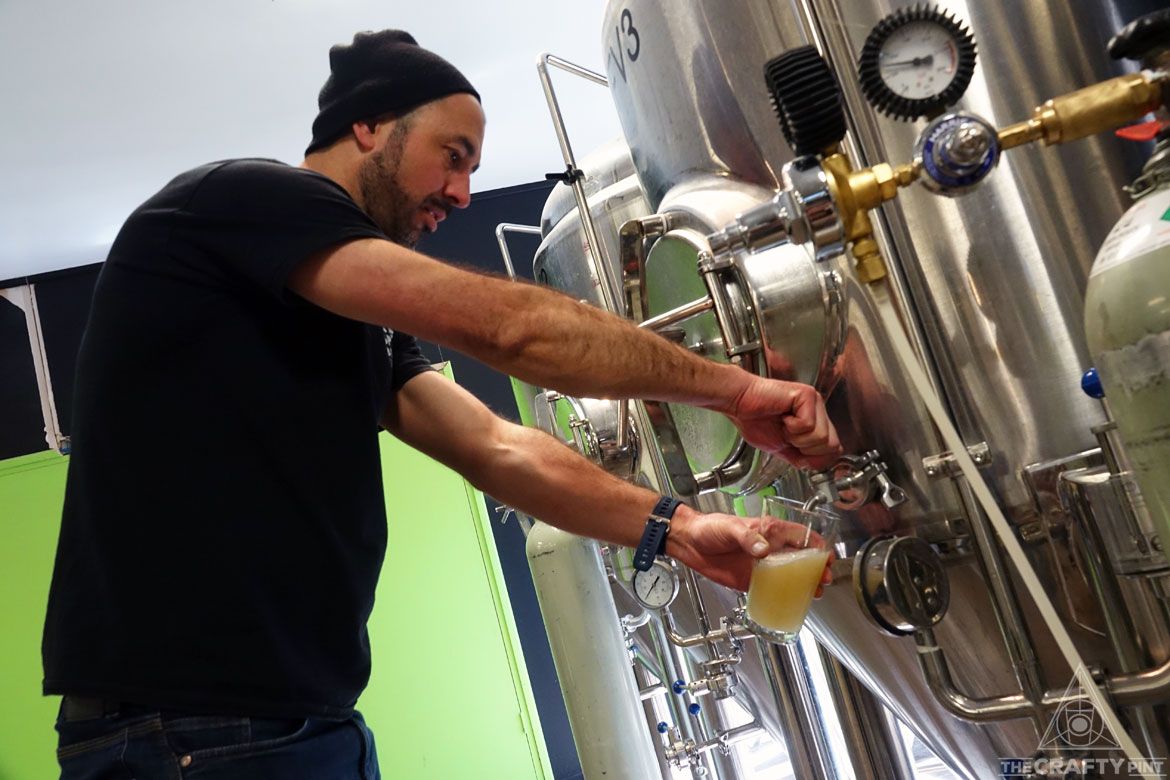
While brewers do not have the vast array of options with water that they do with malt, hops or yeast, how they treat their water can affect the outcome. Different compositions of water in terms of its mineral content and acidity or alkalinity are best suited to different types of beers. This is best highlighted in a couple of classic beer styles.
The water in Pilsen, in the Czech Republic, is incredibly soft – not far from being as pure as filtered water. It is perfect for brewing pale beers, as during mashing brewers are able to reach the desired acidity for turning starches into fermentable sugars using just pale malts. The result is beers with soft malt flavours and aromas that allow the aromatics of noble hops, such as Saaz, to shine unhindered. The pilsner style born there has gone on to dominate the world of beer. In 2015, Seven Sheds in Tasmania brewed a pilsner using Cape Grim water, allegedly the purest on the planet, with the resultant beer one of the softest and creamiest I’ve encountered.
Conversely, the water in Burton-upon-Trent, in the heart of England, is hard. Its natural composition allowed the town’s brewers to create paler, more assertively bitter, ales than their peers in London in the nineteenth century, leading to a period of dominance for Burton’s brewers. A chemist later discovered how to reproduce the water’s mineral content, a process named Burtonisation, so that brewers anywhere could create such pale ales.
Today, with the importance of water’s composition fully understood, brewers anywhere can use a range of key salts, such as calcium sulphate, calcium carbonate, sodium chloride and calcium chloride, to manipulate the water profile to suit the beer they intend to brew.
The Ingredients: Adjuncts

Above, I stated that brewers use four simple ingredients to make all beers, but it’s not strictly true. There are some classic styles that require the addition of other elements, such as coriander and Curaçao (and often other fruits and spices) in Belgian witbiers. Indeed, many beers from Belgium feature additions of candi sugar and / or spices.
In today’s environment, brewers will look anywhere for new flavours, aromas or textures. Just as in pre-hop days when brewers would use all manner of additions to flavour or preserve their beer, now there is seemingly nothing that is off the table. While it risks the new wave of beer being dismissed as a novelty with “weird ingredient” articles being something of a media staple, if brewers have the skills to use them to create great beers then there’s no issue. In recent years, I have enjoyed excellent beers brewed with coffee, mussels and oysters, kids lollies, wine wort, seawater, vanilla, native Australian plants, Weet Bix, all manner of fruit and more besides.
The use of barrels and, in rare cases in other countries, clay in which to ferment or age beer is also gaining in popularity. Many local breweries now have at least a handful of barrels to play with, some hundreds. The reasons for which they are used is touched upon in the introduction to the Specialty Beers chapter.
In many ways, this no limits approach mirrors what is going on in some of the finest kitchens in the world, where award-winning chefs are seeking new ingredients and using innovative techniques to create wonderful new sensory experiences. Perhaps as the wider world awakes from the decades of brainwashing by dominant lager brewers, who have been hammering home the message that only their beer is real beer, the best of these experimental brewers will be viewed in the same light as the great chefs of the world.



